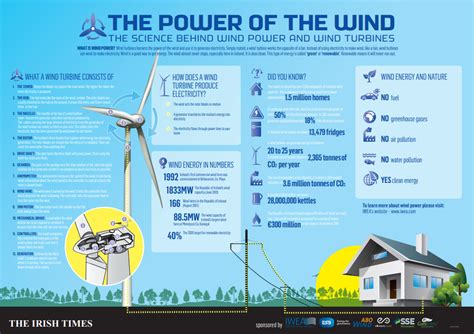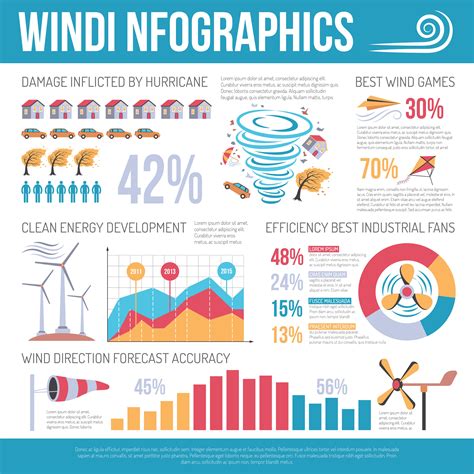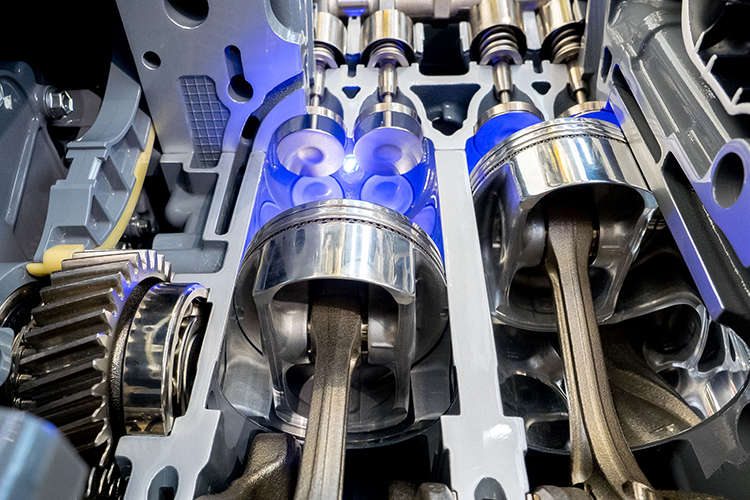Wind power energy has emerged as a vital component of the global renewable energy landscape, offering a clean, sustainable, and efficient means of generating electricity. As the world transitions towards a low-carbon economy, the significance of wind energy continues to grow, driven by advancements in technology, declining costs, and increasing demand for environmentally friendly power sources. With wind turbines being installed across the globe, from onshore farms to offshore installations, the industry is experiencing unprecedented expansion. This growth is not only driven by environmental considerations but also by the economic benefits and energy security that wind power provides.
The history of wind power dates back centuries, with early civilizations utilizing wind for sailing and milling grain. However, the modern wind industry, focused on electricity generation, has its roots in the late 20th century. The first wind turbines designed specifically for electricity production were developed in the 1970s and 1980s, marking the beginning of a new era in renewable energy. Since then, the technology has evolved significantly, with larger, more efficient turbines being designed and installed. Today, wind power is one of the leading sources of renewable energy worldwide, contributing substantially to the reduction of greenhouse gas emissions and dependency on fossil fuels.
Key Points
- Wind power is a renewable energy source that generates electricity by converting the kinetic energy from the wind into electrical power.
- The global wind market has experienced rapid growth, driven by declining turbine costs, technological advancements, and government incentives for renewable energy adoption.
- Wind energy offers numerous benefits, including reduced greenhouse gas emissions, water conservation, and creation of jobs in the renewable energy sector.
- Offshore wind farms have become increasingly popular due to their potential for higher energy output and reduced visual impact compared to onshore installations.
- Technological innovations, such as larger turbines and advanced blade designs, are continually improving the efficiency and cost-effectiveness of wind energy production.
Wind Energy Technology and Efficiency

Advancements in wind turbine technology have been pivotal in enhancing the efficiency and reducing the cost of wind energy. Modern wind turbines are designed to capture more energy from the wind, thanks to larger rotor diameters and higher hub heights. These designs allow turbines to operate effectively at lower wind speeds, increasing their applicability to a wider range of locations. Additionally, the development of direct drive turbines and advanced power conversion systems has improved the reliability and efficiency of energy production. The integration of wind energy into the grid has also become more sophisticated, with smart technologies and energy storage solutions helping to mitigate intermittency issues and ensure a stable power supply.
Onshore vs. Offshore Wind Farms
The choice between onshore and offshore wind farms depends on various factors, including geographical constraints, environmental impact, and energy yield. Onshore wind farms are generally less expensive to install and maintain than their offshore counterparts. However, they often face resistance due to visual and noise impacts. Offshore wind farms, while more costly, can tap into stronger and more consistent wind resources, leading to higher energy production. They also tend to have less visual impact, as they are located far from coastal areas. The development of offshore wind has been particularly significant in regions like Europe, where space for onshore installations is limited and the demand for renewable energy is high.
| Wind Farm Type | Advantages | Disadvantages |
|---|---|---|
| Onshore | Lower installation and maintenance costs, quicker deployment | Visual and noise impacts, variable wind speeds |
| Offshore | Higher energy yield, less visual impact, more consistent wind speeds | Higher installation and maintenance costs, technological challenges |

Global Wind Energy Market and Trends

The global wind energy market has witnessed substantial growth over the past decade, with installations reaching record highs in recent years. This expansion is driven by policy support, declining costs, and an increasing awareness of the need to transition to renewable energy sources. Countries like China, the United States, and Germany have been at the forefront of wind energy adoption, with emerging markets in Asia, Latin America, and Africa also showing significant potential. The offshore wind sector is particularly poised for growth, with several large-scale projects underway or in the planning stages. Despite the challenges posed by the COVID-19 pandemic, the wind industry has demonstrated resilience, highlighting its critical role in the global energy transition.
Sustainability and Environmental Impact
Wind energy is recognized for its sustainability and low environmental impact compared to traditional fossil fuel-based power generation. Wind farms do not emit greenhouse gases or pollutants during operation, making them an attractive option for reducing carbon footprints. However, the production of wind turbines requires materials and energy, and there are concerns regarding the impact of large wind farms on wildlife habitats and ecosystems. Efforts to minimize these effects, through careful planning and innovative design, are ongoing. The overall benefit of wind energy in mitigating climate change far outweighs these challenges, positioning it as a crucial element in global strategies for sustainable development.
As the world continues to navigate the challenges of climate change, energy security, and sustainable development, the role of wind power will only continue to grow. With its clean, renewable, and increasingly cost-competitive nature, wind energy stands as a beacon of hope for a future powered by sustainable sources. The journey towards this future will be marked by technological innovation, policy support, and international cooperation, ultimately leading to a more resilient, environmentally conscious, and energy-secure world.
What are the primary benefits of wind energy?
+The primary benefits of wind energy include its renewable and sustainable nature, reduction of greenhouse gas emissions, conservation of water, and creation of jobs in the renewable energy sector.
How does the cost of wind energy compare to traditional fossil fuels?
+The cost of wind energy has decreased significantly over the years, making it competitive with traditional fossil fuels in many parts of the world. The levelized cost of wind energy, which takes into account the cost of installation, maintenance, and operation over the turbine’s lifespan, is now often lower than that of coal or gas-fired power plants.
What are the future trends and innovations in wind energy technology?
+Future trends and innovations in wind energy include the development of larger and more efficient turbines, advancements in materials science for lighter and stronger blades, and the integration of digital technologies for improved performance and maintenance. Offshore wind farms and floating wind turbines are also expected to play a significant role in the future of wind energy.



